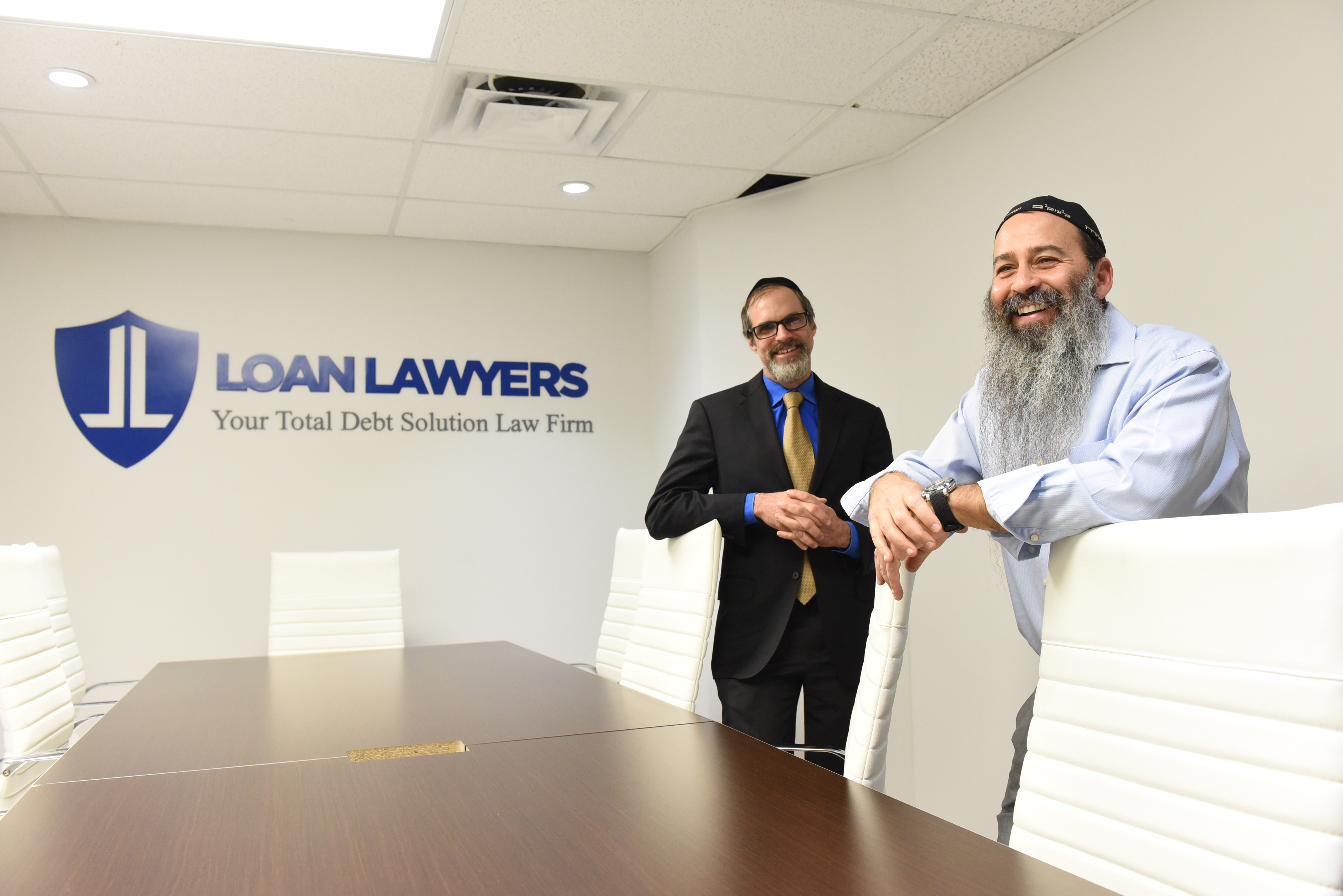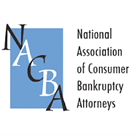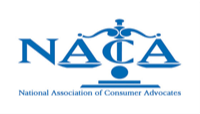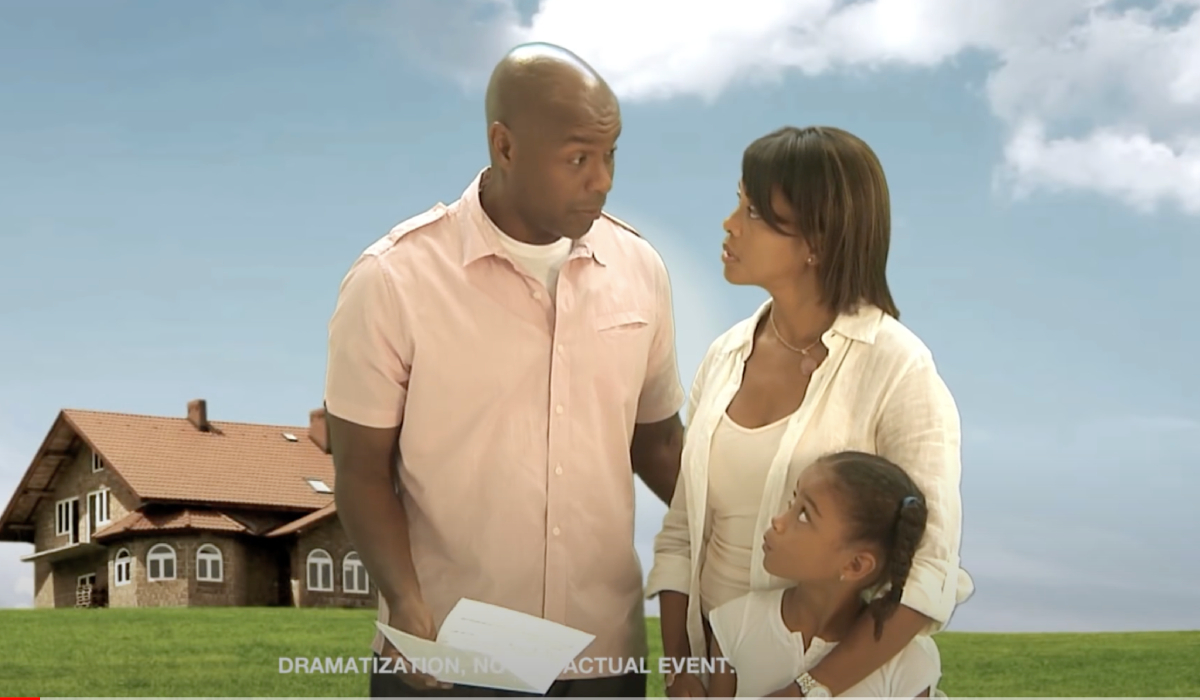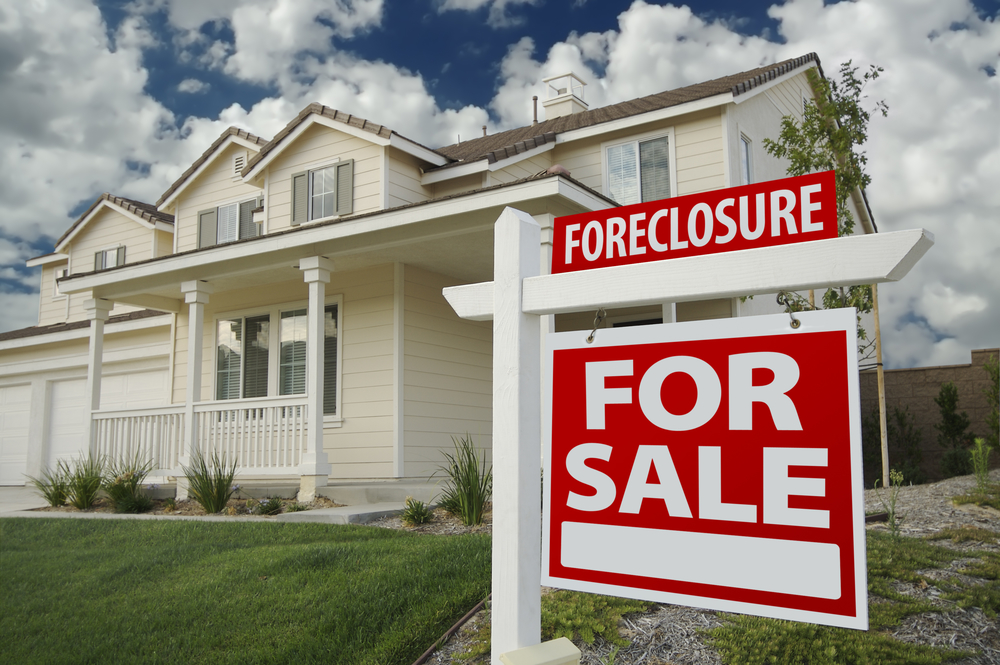
Many homeowners, unfortunately, have been on the verge of losing their homes. Some lost their jobs, others had health problems, divorce, death in the family or some other calamity in their personal lives which resulted in missed mortgage payments (or missed homeowners’ association payments) and eventually, a foreclosure final judgment and a foreclosure sale date! Is it too late to save your home? Will they kick you out tomorrow? As long as you take action with sufficient time before the sale date, there may be options available for you. There may still be hope.
Chapter 13 bankruptcy was designed to help homeowners catch up on missed mortgage payments, which may help debtors keep their homes upon successful completion of the case.
Immediately upon filing bankruptcy, a protection referred to as the Automatic Stay takes effect, shielding bankruptcy debtors from creditor harassment and collection efforts. Most importantly in these cases, the Automatic Stay also serves to cancel pending legal actions, including foreclosure sale dates. This is a temporary protection, which provides homeowners breathing room to calmly deal with different options available to them to try to keep their home, such as by trying to modify their mortgage loan or catch up on past-due payments. While trying to catch up on payments or pending lender’s review of debtors’ mortgage modification application, as long as debtors are making the bankruptcy payments and complying with bankruptcy requirements, the Automatic Stay freezes the foreclosure action so that no hearings, motions, sales, depositions, or any other actions could take place during the pendency of the bankruptcy case.
There are two options within the Chapter 13 bankruptcy case, which if completed successfully, would allow you to keep your home: (1) cure and maintain or (2) MMM (mediated mortgage modification).
Cure and Maintain
In a “cure and maintain” plan, debtors make monthly payments to the bankruptcy trustee for three to five years. These monthly payments include the regular monthly mortgage and/or homeowner’s association amount in addition to a monthly amount to make up the missed payments, referred to as arrears, within the three- or five-year plan. For example, if your missed payments amount to $20,000 and the regular payment is $1,500, you would pay $20,000 divided by 60 months, which is $333.34 per month, plus the $1,500 regular ongoing mortgage payment. At the end of the case, if all payments were completed, the debtor is then current on the mortgage and in good standing with the lender.
If the arrears are too high, thereby making a cure and maintain plan unaffordable, or if the original mortgage terms are not great (perhaps the interest rate is too high), it may be a good idea to apply for a mortgage modification through the bankruptcy court’s MMM program.
Mediated Mortgage Modification Program (MMM)
When participating in the MMM program, a homeowner/debtor applies for a modification through the bankruptcy MMM portal. A neutral third party is selected to facilitate communications between homeowners and lenders. When participating in the MMM program, certain rules need to be followed, which is good for borrowers. All participants must use an approved secure online portal for the submission of documents and communication. The portal stores the documents submitted and received and tracks the date and time of submission. Upon submission of the documents, the borrower is entitled to two, one-hour mediation sessions, which allow the parties to discuss various programs the borrower will be considered for and if the borrower does not qualify, explain the reason for the request being denied. There are no guarantees that a borrower will be approved for a modification under MMM, but, as opposed to attempting to do it on your own, it is a program that guarantees that the modification request will be reviewed by the lender in good faith and you will have an opportunity to ask questions during the mediation to understand the lender’s decision.
Second Mortgages
In addition to these two common options, if a homeowner in bankruptcy has more than one mortgage against the home, chapter 13 bankruptcy may also potentially eliminate the second mortgage or homeowners’ association past due arrears. For example, if the first mortgage balance is higher than the current fair market value of the home (no equity), the second mortgage may potentially be eliminated altogether (stripped). Past due homeowners’ association arrears or other liens against the home inferior in priority to the first mortgage, may also be stripped (eliminated) if there is no equity in the home after the first mortgage. Once the bankruptcy is completed and a discharge is issued, the second mortgage or homeowners association lien would be satisfied.
If the homeowner decides to not keep the home (or if the payments would be extremely unaffordable and unfeasible), debtors may surrender their interest in the home in order to discharge any personal liability on a potential deficiency.
Every case is different. There are various options that may be available to you. Unfortunately, if you are not aware of what these options are or which one(s) would be a good fit for your particular circumstances, you risk not benefitting from something that would otherwise help you tremendously in saving your home. Chapter 13 bankruptcy is complicated. You should not do it alone. It is important that you call an experienced bankruptcy attorney in your area to see if you qualify for Chapter 13 bankruptcy if bankruptcy is the best option for you, and to help you take advantage of all the relief that may be available to you.
Loan Lawyers has helped over 5,000 South Florida homeowners and consumers with their debt problems, we have saved over 2,000 homes from foreclosure, eliminated more than $100,000,000 in mortgage principal and consumer debt, and have recovered over $10,000,000 on behalf of our clients due to bank, loan servicer, and debt collector violations. Contact us for a free consultation to see how we may be able to help you.
- About the Author
- Latest Posts

